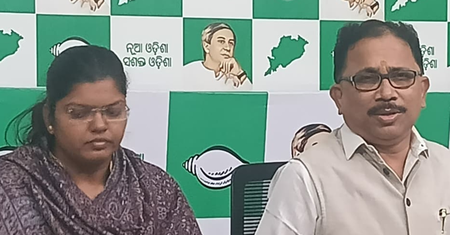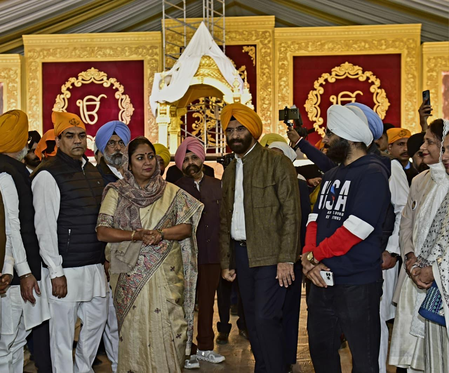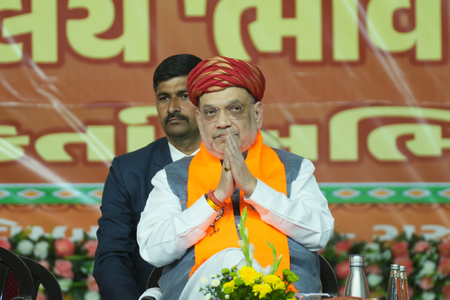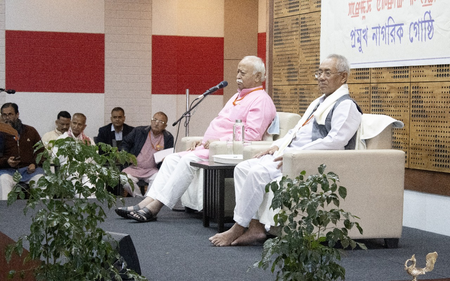
New Delhi, Nov 5 (IANS) Amid mounting challenges like spread of disinformation, communications blackouts and patchy internet, Palestinian digital creators and journalists documenting Gaza strikes from the heart of the war zone have seen a surge in followers, while sharing real ground conditions to the world.
Instagram and other social media platforms have come under scrutiny over concerns that pro-Palestinian voices have been censored or suppressed.
Nonetheless, digital creators and people active on social media based in the Gaza strip have seen an uptick in followers, according to reports.
Plestia Alaqad, a journalist whose work has been featured by NBC News, has gained more than 2.1 million followers, according to the social media analytics company Social Blade.
Mohammed Aborjela, a digital creator, gained 230,000 followers, while journalist Hind Khoudary drew 273,000 in the last five days of October. Photographer and videographer Ali Jadallah added more than 1.1 million, NBC News reported.
The obstacles for reporters and social media creators are wide-ranging even for a war zone.
“These include physical danger to journalists, lack of access to Gaza itself and the logistical challenges of operating within Gaza, such as electricity and internet blackouts,” according to the report.
Social media platform Snapchat has been used by some Gaza residents to post images from their lives since the war began.
Netizens uploaded videos showing people in long queues at bakeries or for water, or gathered in crowds at hospitals and schools, The Guardian reported.
However, owing to internet outages, Snapchat has had very little content uploaded in the last few days.
“There is no internet for all of Gaza or phone coverage, no messages. They cut us from everything. Gaza is in a very, very, very dangerous condition. We are dying on the streets,” posted Almaza Owda, a lawyer from southern Gaza.
A user named Norma posted: “No water, no electricity, no lights, no calls and no internet. Unfortunately they’ve cut everything and no place is safe.”
After communication was restored, many Palestinians took to X to express their joy at finally being able to get in touch with their relatives.
For some of those living in the blockaded territory, limited access to internet and phone lines came with ominous news, Al Zazeera reported.
Noor Ashour wrote that once the internet was restored, she found out that people she knew had been killed.
“From the moment I connected to the network, every minute we hear the news of a new person being killed. If only the internet stayed disconnected,” she posted on X.
Another user, Belal Nezar Rayyan, said that his friend from northern Gaza found out that his sister had been killed during the blackout.
“After communications were restored, it was revealed that 17 members of the family had been martyred,” he posted.
Last week, X owner Elon Musk had emphasised that no Starlink terminal has attempted to connect from Gaza and he will do a thorough security check before turning on even a single starling terminal in Gaza Strip, as Israel warned the SpaceX owner against offering communication support to Gaza.
After he had offered to provide communication links in war-torn Gaza, Israel said that it would “use all means at its disposal to fight this”.
“Starlink will support connectivity to internationally recognised aid organisations in Gaza,” Musk had posted.
Earlier, as pro-Hamas accounts flooded various social media platforms, Big Tech companies like Meta, X, Telegram and others had to fix their content moderation algorithms to stop the flow of misinformation.
–IANS
na/arm




